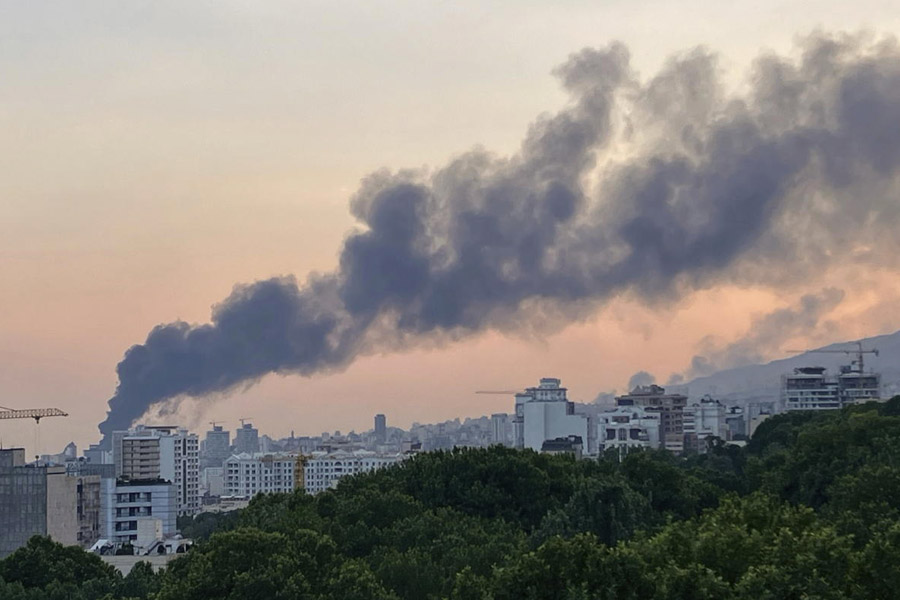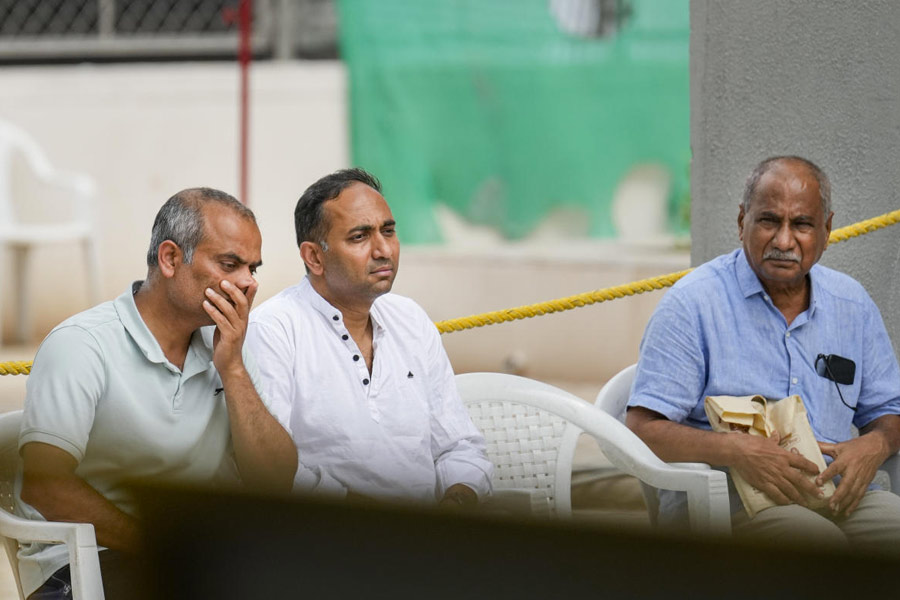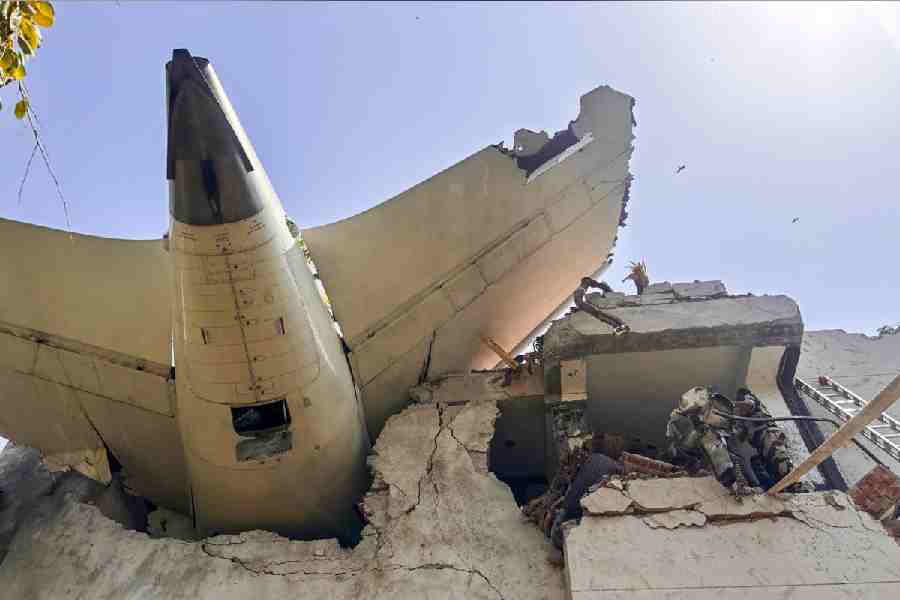
Calcutta: Poor plantation patterns and management have been blamed for about 150 trees failing to withstand the squall that struck on Tuesday evening with a peak wind speed of 98kmph.
Ravi Menon, chairman of the Indian Tree Foundation, said concrete around the root system and unscientific pruning would compromise any tree's stability. "Pavements leave little soil and space surrounding the trees, not only constricting the spread of roots but also damaging them near the surface. Since concrete does not allow water to seep down to the sub-soil, they turn weak and fall prey to strong winds," he told Metro on Wednesday.
The restricted space in which trees grow within the city shrinks further if there are underwater electrical or telephone cables or even water lines, Menon pointed out.
In well-planned cities, especially in Europe, a minimum of 50 cubic feet of soil is provided for a tree's root system to expand. "Where this much soil is unavailable, container planting is the alternative. Trees of moderate size are grown in large containers. We should take the cue from this," an environment expert said.
In Calcutta, hardly 10 cubic feet of soil is available on an average for a tree's root system to grow. This is why trees topple during squalls and thunderstorms every year, according to the environment expert.
In August 2016, four persons were killed by falling trees during a 70kmph storm. About 120 trees were lost on that occasion.

A driver was killed when the trunk of a tree fell on his car while going down Jessore Road during a thunderstorm on April 22 last year. An elderly couple escaped with injuries.
The Calcutta Municipal Corporation said most of the trees that got uprooted during the squall on Tuesday evening were part of roadside greenery couched in concrete.
Not many trees fell in the Maidan belt because their root systems are firmly anchored, unlike roadside trees.
"Pruning is done only to ensure that branches don't block street lamps. The other side is left untouched. This destabilises a tree as one side becomes heavier than the other," said Arjan Basu Roy of Nature Mates, a city-based organisation.
Inclined roadside trees, some standing at an angle of 45 degrees, is a common sight across the city.










